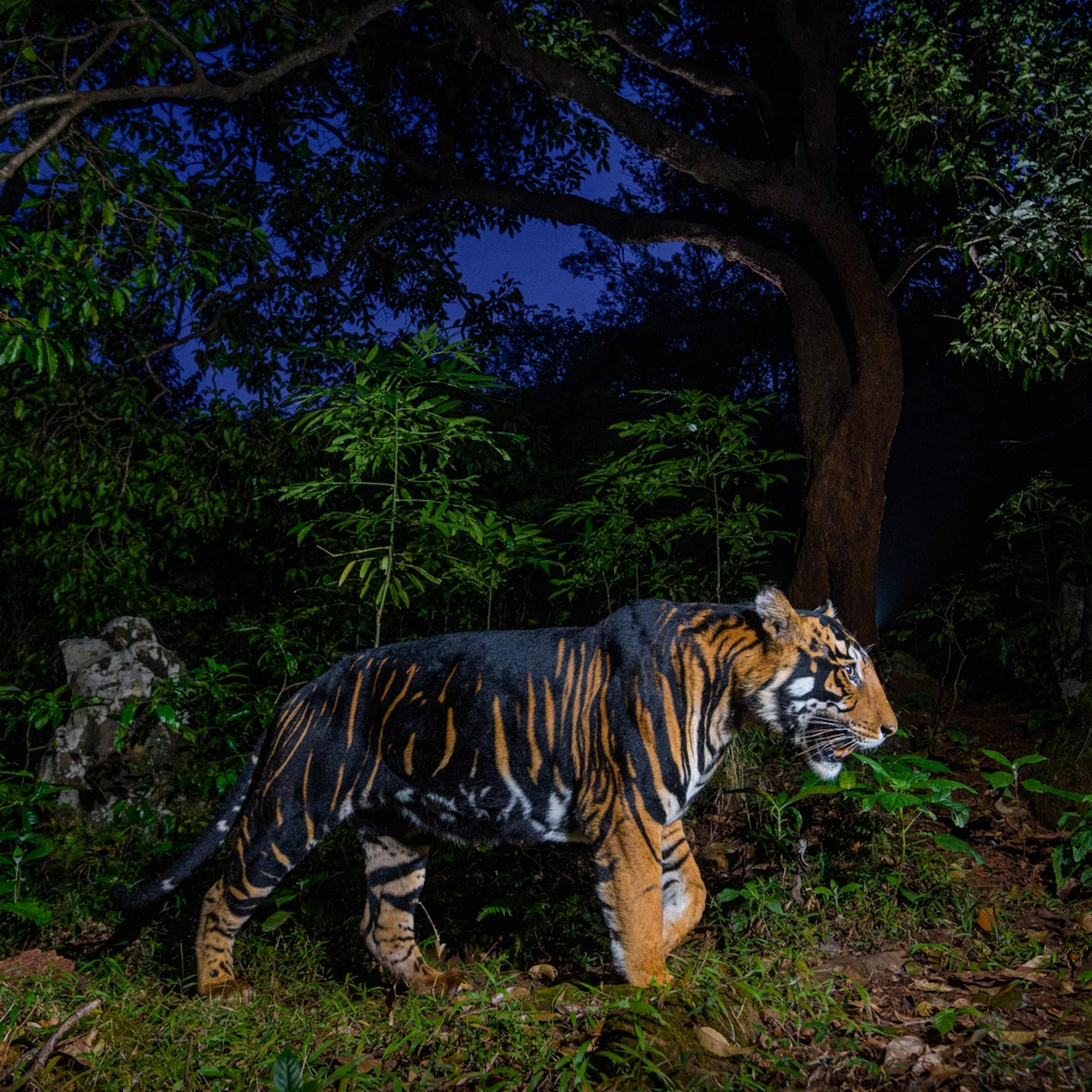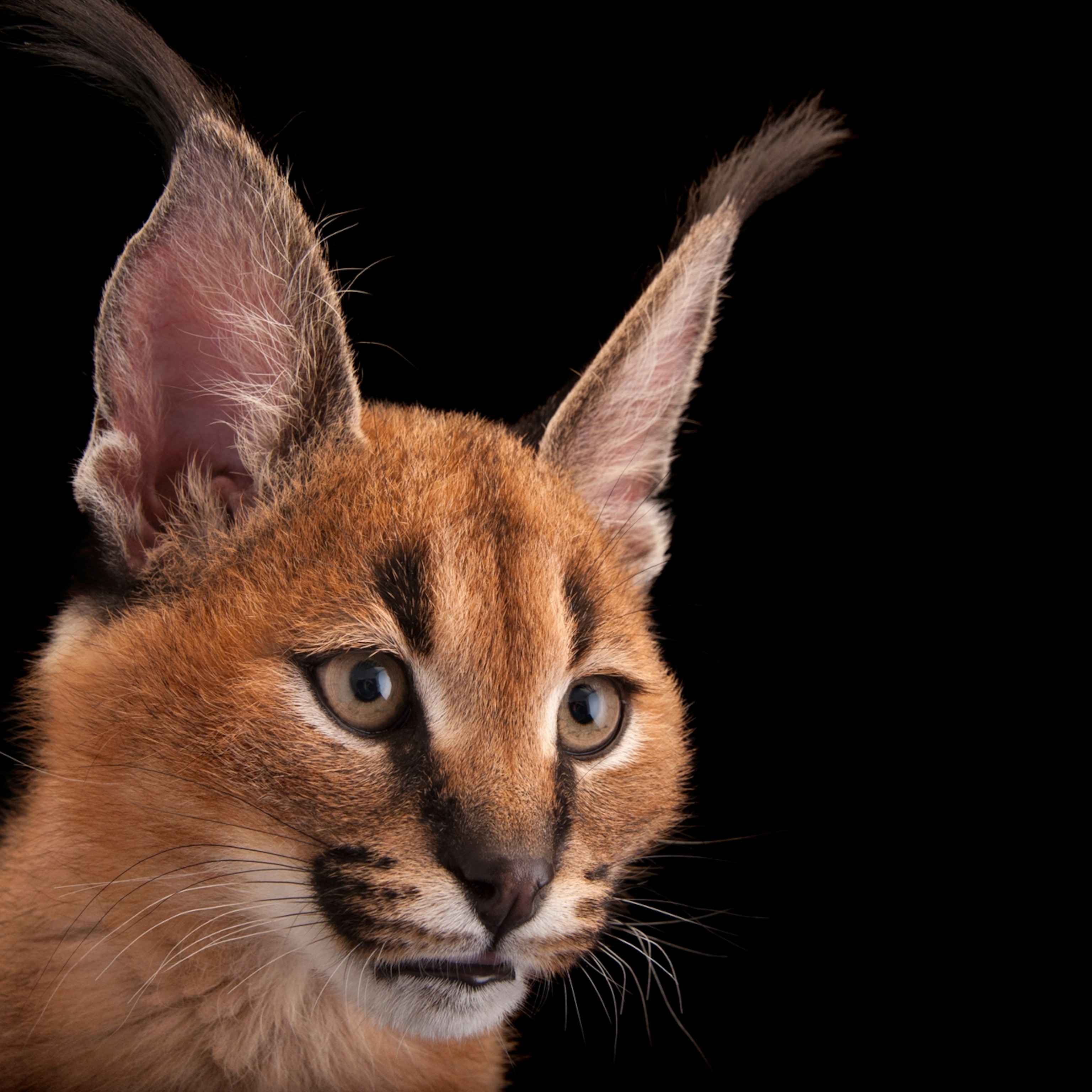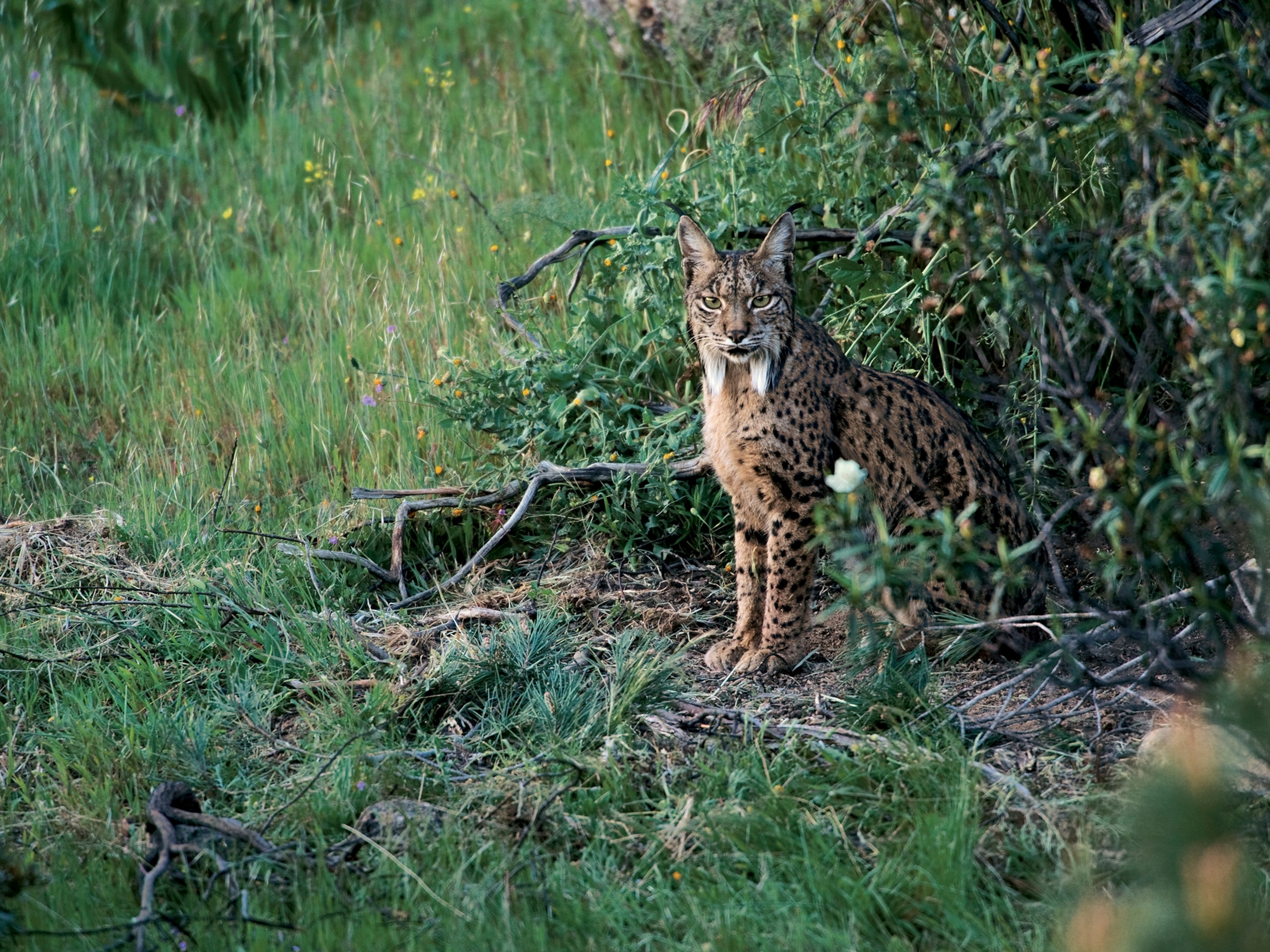How this golden-eyed feline became the biggest comeback in cat conservation
An all-out effort to breed the Iberian lynx in captivity has allowed the animals to rebound throughout their native Spain and Portugal.

In just 20 years, the Iberian lynx has gone from the world’s most endangered feline to the greatest triumph in cat conservation.
In 2002 fewer than a hundred of these bobtailed, golden-eyed predators slunk through the Mediterranean scrublands of the Iberian Peninsula. Since then, the population has grown tenfold, with at least 1,100 animals scattered across Spain and Portugal.
The dramatic turnaround is the result of the all-out effort to breed the cats in captivity, the lynx’s status as a natural treasure, and the animal’s innate scrappiness, which has surprised even conservationists.
When the European Commission’s Life program first brought together more than 20 organizations in 2002 to rescue the lynx, the species had all but disappeared. Widespread hunting and a virus had wiped out most of the peninsula’s European rabbits, the lynx’s main prey. (Read: “Out of the shadows, the small cats you’ve never seen.’’)
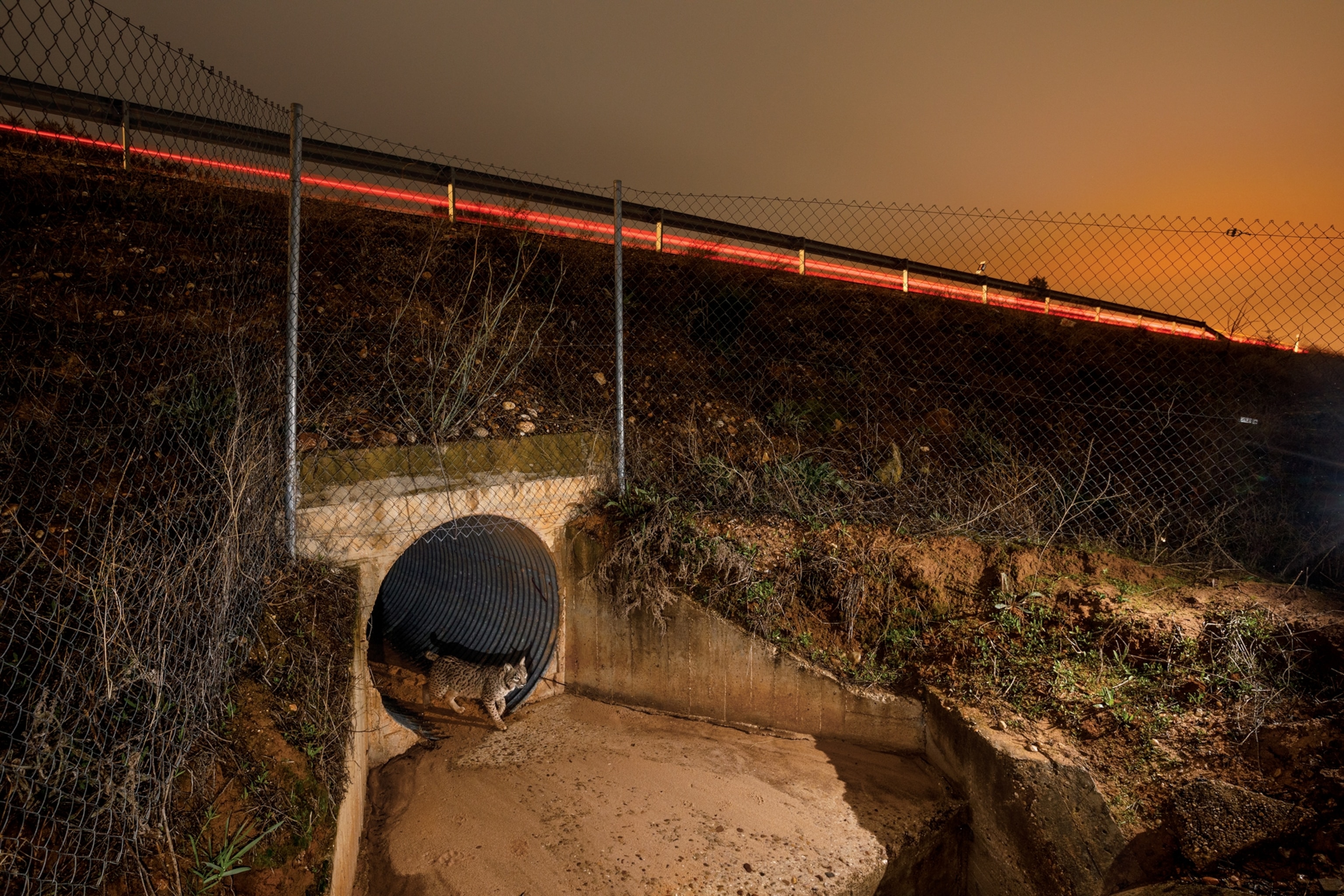
Lynx breed easily in captivity, however, and most of the animals that eventually were reintroduced into carefully chosen habitats throughout Spain and Portugal have thrived. Near one main release location, around southern Spain’s Sierra de Andújar Natural Park, Iberian lynx have even learned to live in neighborhoods, in commercial olive groves, and around highways—mostly by avoiding people. One mother lynx managed to hide her newborns in a house where people were throwing a party.
Such adaptability boosted their numbers, and by 2015, the International Union for Conservation of Nature (IUCN) had reclassified the lynx’s status from critically endangered to endangered.

“The lynx is a symbol of Iberian nature, and its conservation was the responsibility of all of us. Thanks to the work carried out over the last 20 years, it is now also one of the greatest examples of successful conservation worldwide,” says Francisco Javier Salcedo Ortiz, regional coordinator of the Iberian lynx recovery plan for Andalusia, an autonomous state in southern Spain.
But the cat’s not out of danger just yet. Its thousand-square-mile territory is a collage of five—soon to be seven—isolated groups. For Iberian lynx to fully recover, they must be able to roam from one group to another, ensuring the species’ long-term health by diversifying gene pools.
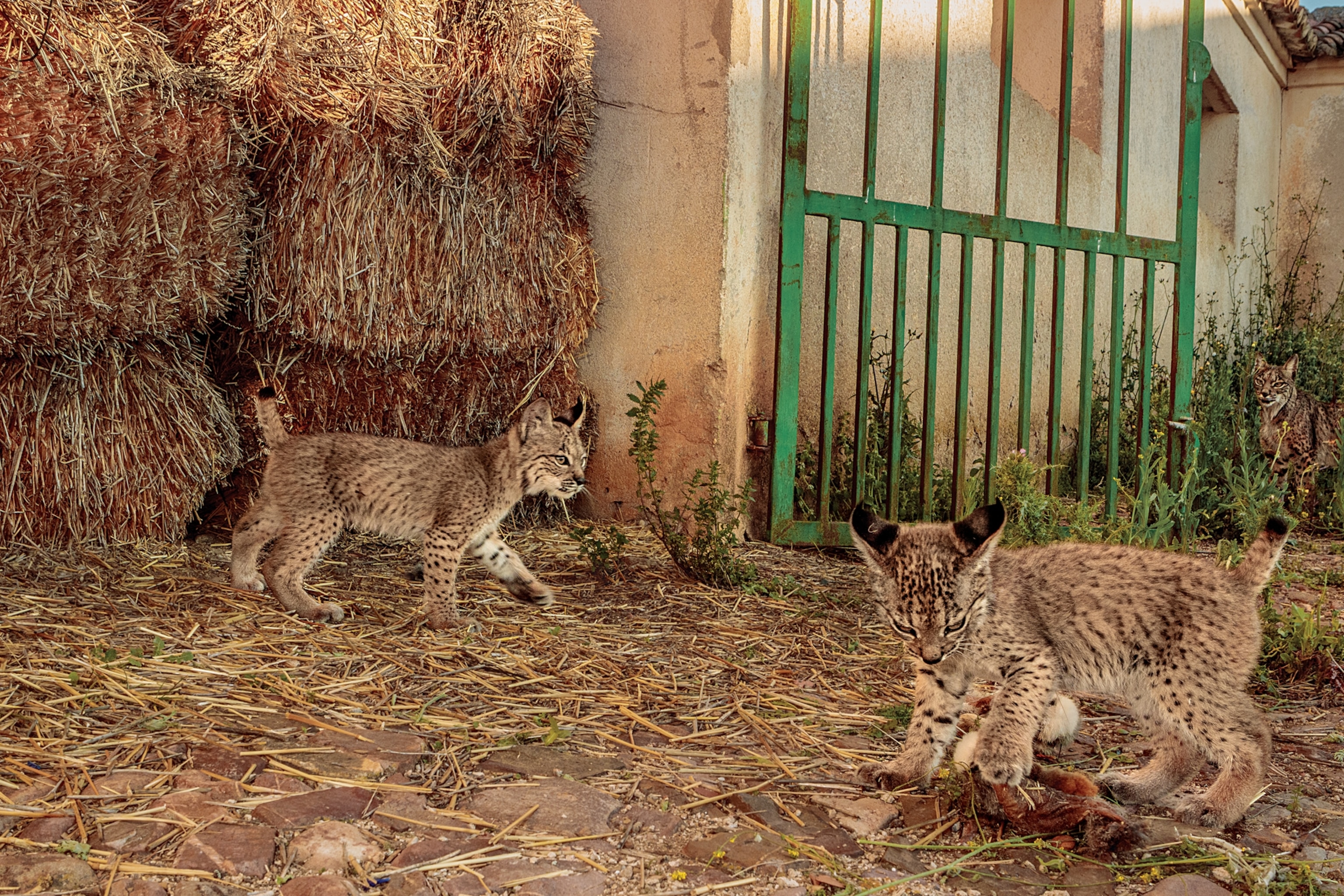
That’s why the next stage of the Life project, Life LynxConnect, which was launched in 2020, will focus on creating at least 10 wildlife corridors—six-square-mile tracts of rabbit-rich habitat that the scientists call stepping-stones—to act as passageways among the existing lynx groups. Scientists selected these habitats based on predictions of where lynx are most likely to travel. For instance, lynx prefer to take the shortest paths through undeveloped and intact habitats, such as natural forest, and avoid broken-up parcels of farmland.
This year the $21 million project and its partners will begin establishing these stepping-stones and reintroducing lynx to two new Spanish locations, in Granada and Murcia.
Ideally, these interventions will boost the number of breeding females to 750 on the Iberian Peninsula by the end of 2040, at which point the species would be much less vulnerable to extinction, according to Salcedo.
“It’s an ambitious objective, but it is necessary,” he says.

In the mid-20th century, well-known Spanish TV personality and naturalist Félix Rodríguez de la Fuente dubbed the lynx the “Iberian jewel.”
This long-standing public fondness for the cat helped local governments, nonprofits, and private individuals lobby the European Union successfully to fund the lynx’s recovery. At more than $90 million to date, it’s one of the biggest conservation investments ever made on the continent.
“If you walked up to someone in Madrid, they would say they are proud of the lynx,” says Nuria El Khadir Palomo, managing director of the Madrid-based Foundation for the Conservation of Biodiversity and its Habitat, one of the Life LynxConnect project partners. Palomo and her colleagues advise the partner groups on how best to use their allocated lynx-conservation budget. They also study lynx habitats throughout Spain to determine which areas can support the animals.

The cat is popular, even among farmers and landowners, but a few view lynx as pests and occasionally will poison or trap them for supposedly harming livestock. Illegal killings make up nearly 25 percent of annual lynx deaths on the peninsula, the second highest cause of nonnatural death, after vehicle strikes. Furthermore, hunting has deep roots in southern Spain; hunters historically have killed lynx for sport and have seen the predators as competitors for their favorite quarry, rabbits.
That’s why education is the “best tool to improve the lynx population,” says Maribel García Tardío, lead technician for Andalusia’s Iberian lynx recovery plan. She and her colleagues regularly meet with landowners and hunters, explaining how lynx rarely kill larger domestic animals, such as lambs, and will displace red foxes and other carnivores that are more likely to prey on these animals.
This outreach has paid off. Many landowners have launched tourism ventures that offer visitors the chance to see the bushy-bearded feline in the wild.

Conservationists also are working to reduce vehicle strikes by installing highway underpasses for wildlife, road warning signs, and speed bumps in areas where lynx often are killed. The cats quickly figure out how to use the underpasses—another example of their adaptability—and data show these interventions have reduced deaths, according to García Tardío. But as lynx expand their territories and grow in number, roadkills likely will become a bigger problem, she says.
There’s also always the fear that another rabbit virus will emerge, Salcedo says—one more reason it’s important to have a widespread, interconnected population of animals. For now, however, the cats’ scattered and isolated groups remain the biggest threat to the species’ recovery.

The Iberian lynx is one of 33 small-cat species, many of which are endangered or threatened. These animals have long been eclipsed by their bigger, more famous cousins such as lions and tigers, but lately people have begun to recognize the world’s little-known undercats, says Jim Sanderson, program manager for small-cat conservation at Re:wild and a member of the IUCN Cat Specialist Group, which helped support and advise the Iberian lynx’s rescue efforts.
Sanderson says that 2020 was the “best year ever for small-cat conservation. It was like we reached a tipping point, and all the sudden financial partners stepped up.”
The U.S.-based nonprofit Panthera runs a small-cats program, for example, and the number of informal working groups dedicated to saving little cats worldwide has jumped from two to 12, Sanderson says. (See our favorite pictures of cats you’ve never heard of.)
The Iberian lynx, he adds, should be the inspiration for them all.
“If we did nothing else,” Sanderson says, saving the lynx “would stand out as the highlight in my mind.”
This story appears in the June 2022 issue of National Geographic magazine.


